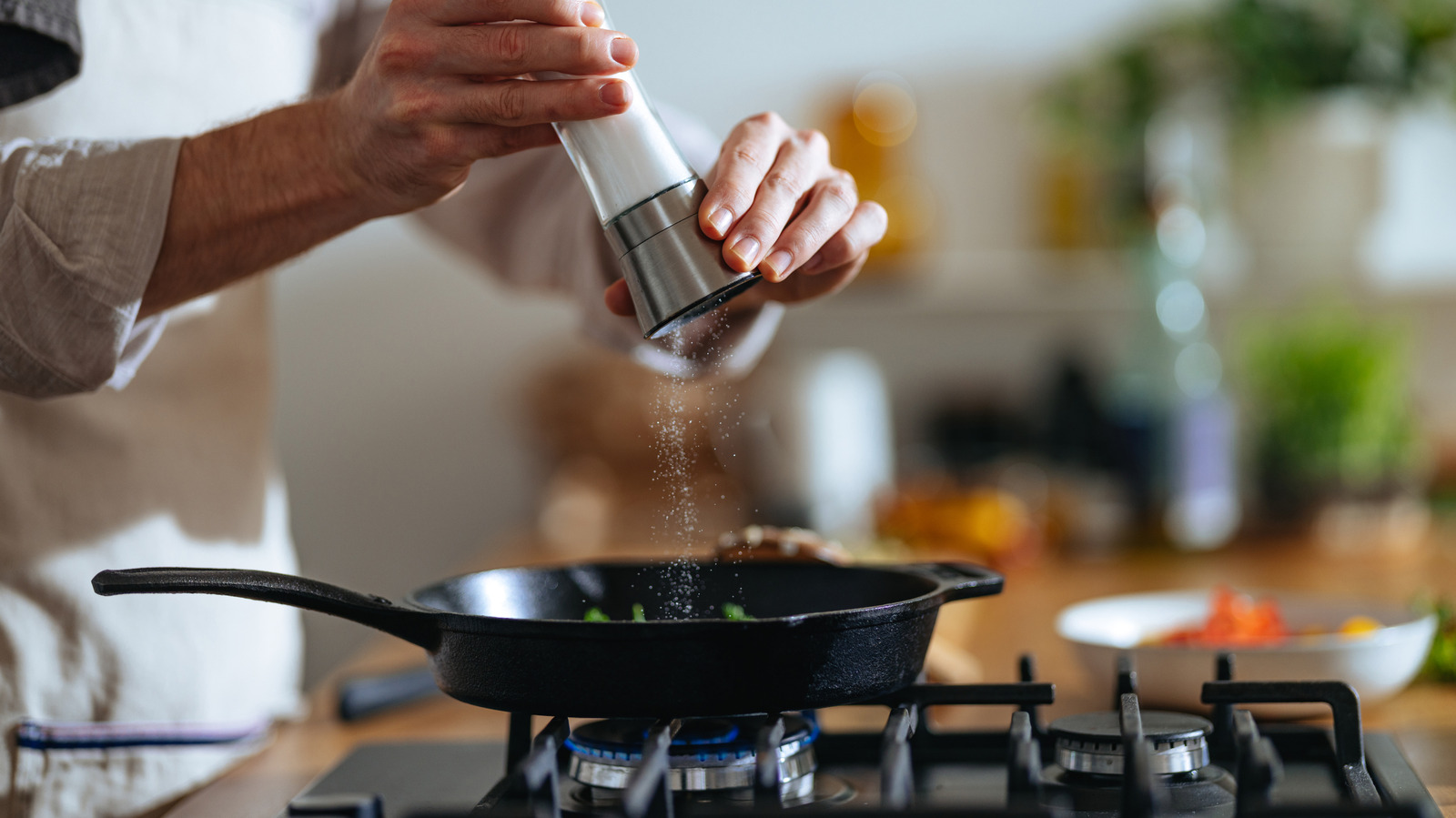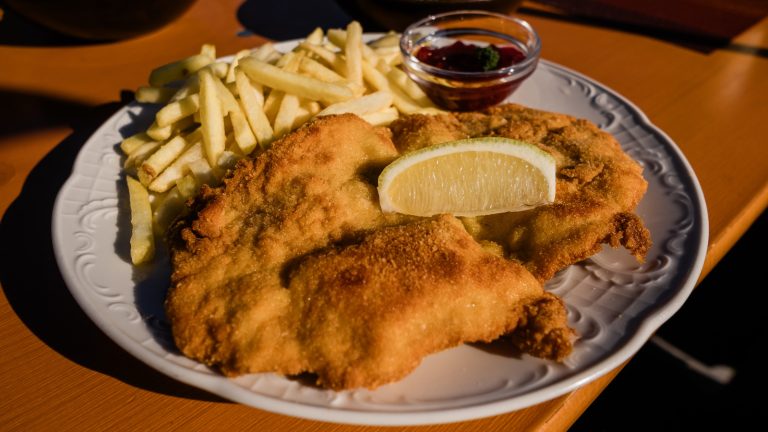If you’ve ever cooked any kind of recipe, you know that salt and seasonings matter. What you might not know is that chefs actually time the addition of these elements quite purposefully. And Executive Chef Matthew Stowe of Joey Restaurants, which is opening a new Joey Valley Fair location soon, told Tasting Table that it all changes depending on how the sauce is being made.
“If I’m doing a reduction sauce, I would salt at the end. At the beginning, it’s very difficult to season something because you’re going to be reducing it heavily oftentimes. So then the worry is if you over-reduce it’s going to become really salty. ” he said. “You can always add salt, but it’s very difficult to take away. So it’s better to wait until the end and then just add a few pinches.”
There are ways to fix over-salted sauces, but as Stowe says, it can be hard to come back from. The ingredients also matter. An at-home teriyaki sauce will already have some sodium in it due to the soy sauce, as will a sweet and tangy BBQ sauce, so make sure to taste it before salting. “There’s lots of naturally salty things. Maybe you have some capers or you have a pickle of some kind or anything fermented oftentimes will have a good amount of salt in it, so it just depends on the ingredients you’re working with,” he said.
Watch out for store-bought stock
This also applies to any stock you plan on using, especially if you bought it from the grocery store. Boxed chicken broth brands typically contain around 550 milligrams of sodium, or just under ¼ teaspoon of table salt, per cup, and you’ll often need more liquid than that when making a reduction. If you want to have more control over the salt levels, opt for a reduced sodium broth or buy a salt-free one if you can find it, which is Chef Stowe’s preference.
“I’ll oftentimes buy the no salt one. That way you can control how much you’re going to add,” he said. “You might need a lot of salt in it if you’re just making a soup. Whereas if you’re making a sauce with store-bought chicken stock and you want to reduce it heavily, well then for sure you want to use something with no salt.” Make sure to taste your sauce before salting even when you’re using a low-sodium stock, as many still contain over 100 milligrams of sodium per cup.
Add herbs and spices early
The same rules don’t apply to every seasoning. Spices should be one of the first additions to a sauce so that they have time to release their flavors, as should dried herbs like bay leaves and oregano. Chef Stowe likes to add pepper early on in the process too.
“If you’re grinding spices, really use it as a building block for flavor, and that flavor will perfume and mellow out over time,” he said. “Dried herbs I would definitely add at the beginning as well. Again, they can kind of bloom in the sauce and help perfume it versus adding them at the end. Then they don’t really hydrate very well and don’t really have the same flavor release.”
On the other hand, fresh herbs are more delicate and will lose their fragrance if added to a warm sauce too early on. To cite a couple of examples, you can stir those sprigs of basil into a special Italian Sunday sauce right before serving and wait to add fresh sage to a sage brown butter sauce until everything is already sizzling. Just add everything slowly and keep tasting as you go. When in doubt, less is more!







